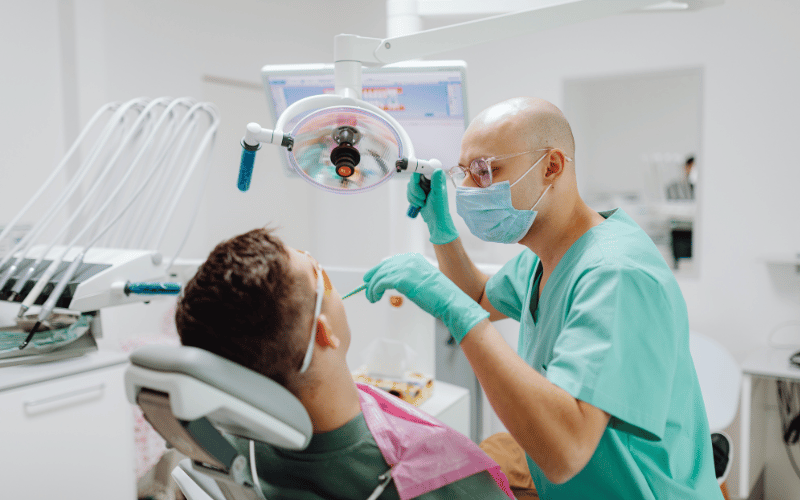Introduction: Unraveling the Mysteries of Hypodontia
Hypodontia, a dental condition marked by the absence of one to several permanent teeth, has been the subject of extensive research and discussion in the dental community. Though it might not be widely talked about outside of dental offices, its impact on individuals is far-reaching, influencing not just oral health but also confidence and quality of life.

In this introduction, we’re laying the groundwork, setting the stage for a deep dive into what Hypodontia is, whom it affects, and the implications it carries. This is more than just a dental issue; it’s a condition that intertwines genetics, personal health, and sometimes, self-perception.
Understanding Hypodontia requires a look into its prevalence, the patterns it follows in terms of which teeth are often missing, and the avenues available for diagnosis. The condition shows a curious pattern; it doesn’t affect all teeth equally, and it’s more common in some populations than others. By exploring these patterns and statistics, we can begin to grasp the scope of Hypodontia and its impact on various demographics.
There’s a fascinating genetic thread that runs through cases of Hypodontia, linking family members across generations. But it’s not just about genetics; environmental factors and associated conditions also play significant roles. Unpacking these connections provides a clearer picture of the condition and sets the stage for effective management and treatment strategies.
Hypodontia is more than just an aesthetic issue. Its repercussions extend into oral health, impacting everything from tooth alignment to the risk of decay. Moreover, the condition carries an emotional weight, influencing how individuals perceive themselves and interact with the world around them.
As we delve deeper into the world of Hypodontia, the role of innovative treatments and the power of a supportive community come to the forefront. With advancements in dental technology and a growing network of support, those affected by Hypodontia have more resources at their disposal than ever before.
Fact 1: Defining Hypodontia

Hypodontia stands as a prevalent dental anomaly characterized by the absence of a select few permanent teeth. This condition, generally leaving a gap in the patient’s smile, is not to be confused with Anodontia, a rarer condition where no teeth develop at all. Hypodontia usually pertains to the non-development of one to six teeth, excluding the third molars or wisdom teeth.
Dental professionals classify the missing teeth in Hypodontia cases as either congenitally missing, meaning they never developed, or as adult teeth that have failed to descend despite being present under the gum line. It’s a subtle yet significant distinction, influencing both the understanding and treatment of the condition.
Interestingly, Hypodontia is not a random occurrence. Certain teeth are more commonly affected, and we see a definite pattern emerge across cases. This pattern, which we will delve into later, is a crucial aspect of diagnosing and managing Hypodontia.
While the condition itself might not pose immediate health risks, its long-term implications are significant. The absence of teeth affects not just the aesthetic appeal of one’s smile but also the functionality of their bite and the overall health of their oral cavity. Addressing these issues requires a holistic and tailored approach, considering both the physical and psychological aspects of the condition.
In concluding our definition of Hypodontia, it’s imperative to underscore its multifaceted nature. It’s a condition influenced by genetics, marked by clear patterns, and carrying implications far beyond the visible gaps in one’s smile. (1)